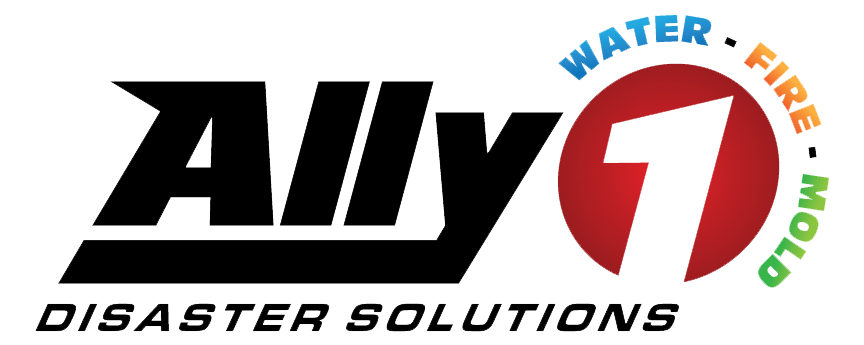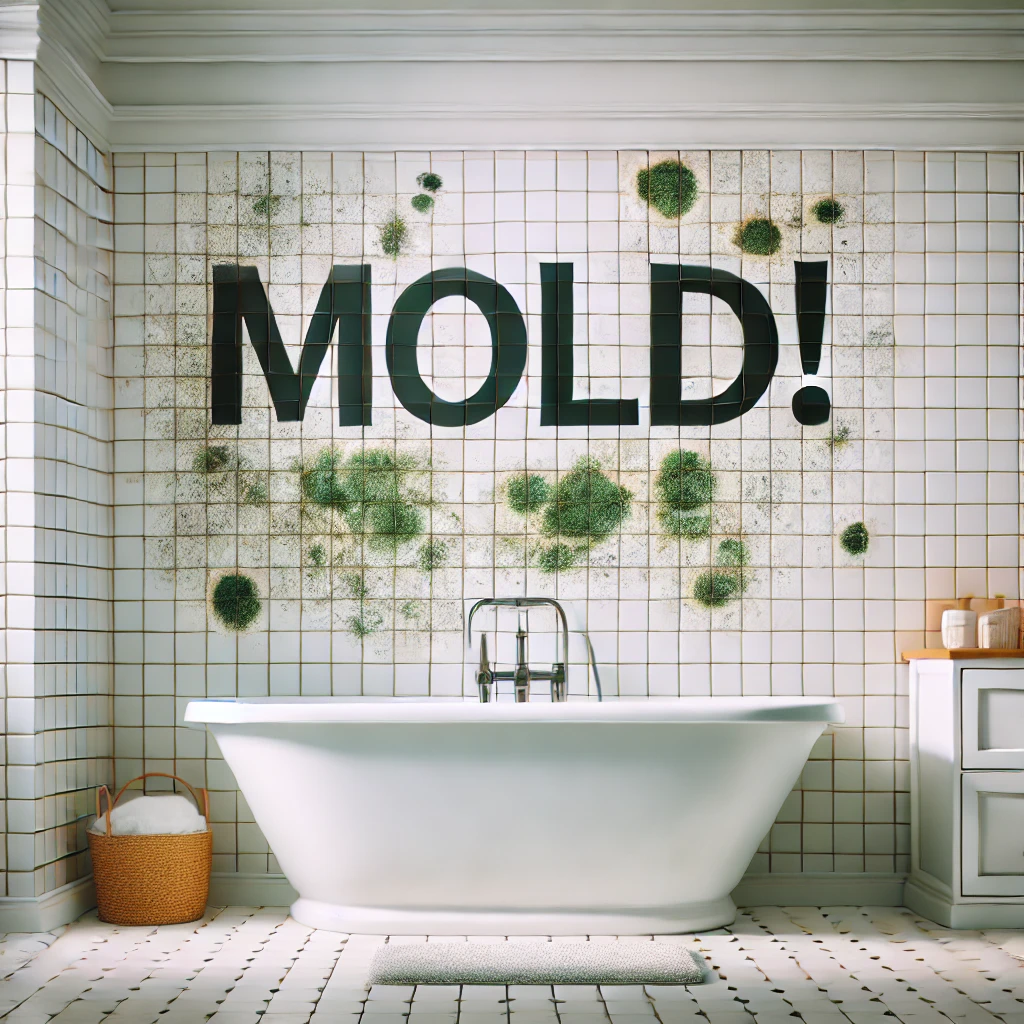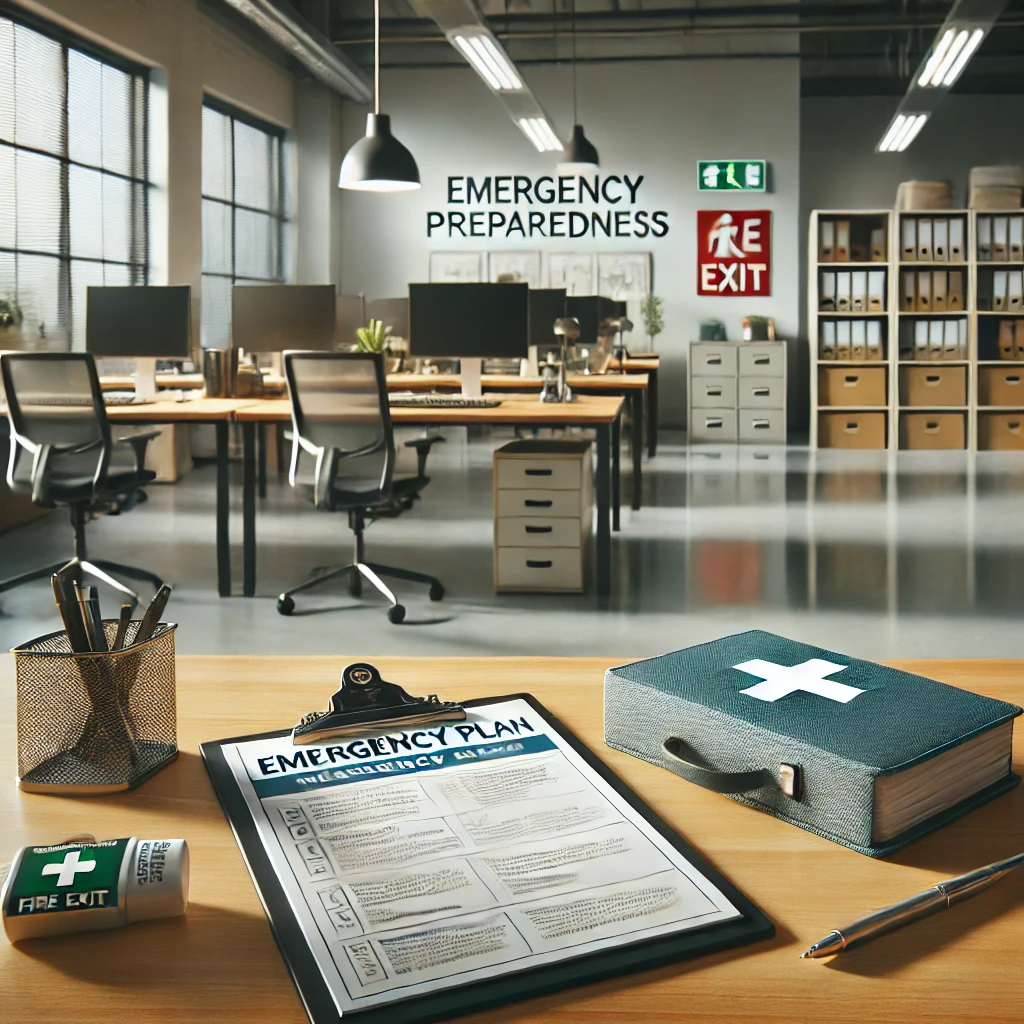When we think of mold, the image of black spots creeping along a wall or a musty smell in a damp basement often comes to mind. While it may seem like just an unpleasant nuisance, mold can pose serious health risks and structural issues for your home. This blog explores whether mold is dangerous and dives into the health problems it can cause. Let’s not let this topic grow on us unchecked.
What Is Mold?
Mold is a type of fungus that thrives in damp, warm, and humid conditions. It reproduces through tiny, lightweight spores that travel through the air. While mold is a natural part of the environment, helping break down organic materials outdoors, its presence indoors can lead to a host of problems. Mold growth often results from water damage, high humidity, or leaks—proof that even the tiniest spore of trouble can mushroom into a big issue.
Is Mold Dangerous?
The short answer is yes, mold can be dangerous. However, the level of risk depends on the type of mold, the extent of exposure, and the individual’s sensitivity to it. Certain molds, like black mold (“Stachybotrys chartarum”), have gained notoriety for their potential health effects, but even common household molds can cause issues when they proliferate indoors. Ignoring mold could be a grave mis-spore-tunity for safeguarding your health.
Common Health Issues Caused by Mold
Mold exposure doesn’t affect everyone the same way. Some people may experience severe reactions, while others may notice no symptoms at all. Here are the primary health concerns associated with mold:
1. Respiratory Problems
Mold spores can irritate the respiratory system, leading to coughing, sneezing, and nasal congestion. For individuals with asthma or chronic obstructive pulmonary disease (COPD), mold exposure can exacerbate symptoms and trigger asthma attacks. Breathing easy becomes a tall order when mold is around.
2. Allergic Reactions
Mold can act as an allergen, causing symptoms like:
- Itchy eyes
- Runny nose
- Skin rashes
If you’ve noticed allergy-like symptoms worsening indoors, mold could be the culprit. It’s not s’poresing at all, really.
3. Infections
For people with compromised immune systems, mold exposure can lead to fungal infections. These infections, while rare, can become serious if left untreated. Mold doesn’t discriminate; it takes root wherever it can.
4. Neurological Effects
Some studies suggest that prolonged exposure to toxic molds can cause neurological symptoms, including headaches, memory problems, and dizziness. Although research in this area is ongoing, it’s clear that mold’s effects are not limited to physical symptoms alone. It’s a real head-spore for researchers.
5. Worsening of Chronic Conditions
People with pre-existing conditions like allergies or asthma are more likely to experience severe reactions to mold. Additionally, mold can aggravate symptoms of other chronic illnesses, such as sinusitis or bronchitis. It’s clear that mold likes to push all the wrong spores.
How to Identify Mold in Your Home
Detecting mold early is key to preventing health issues and property damage. Here are some signs to look out for:
- Visible Growth: Mold can appear as black, green, white, or orange spots on walls, ceilings, or floors.
- Musty Odor: A persistent, earthy smell often indicates mold growth.
- Water Damage: Stains, peeling paint, or damp patches are warning signs that mold might be present.
If you’ve noticed any of these signs, it’s crucial to act quickly. Ally1 Disaster Solutions specializes in mold remediation and can help you restore your home to a safe, mold-free environment. Don’t let this fungus among us linger.
Steps to Prevent Mold Growth
Preventing mold is far easier and more cost-effective than dealing with its aftermath. Here are some practical steps you can take:
- Control Humidity Levels: Keep indoor humidity below 60% using dehumidifiers or air conditioners.
- Fix Leaks Promptly: Repair any leaks in your roof, walls, or plumbing as soon as possible.
- Ensure Proper Ventilation: Use exhaust fans in kitchens and bathrooms to reduce moisture buildup.
- Clean and Dry Wet Areas: After flooding or spills, thoroughly dry affected areas within 24-48 hours.
- Dispose of Contaminated Items: Items like carpets or furniture that have been extensively damaged by water may need to be removed. Dump Co. Rentals can provide convenient dumpster rentals to simplify the disposal process.
These steps can stop mold in its tracks before it spirals out of control.
Professional Mold Remediation: When to Call for Help
While minor mold issues can sometimes be addressed with DIY methods, larger infestations or toxic molds require professional intervention.
Ally1 Disaster Solutions offers comprehensive mold removal services to ensure your home is safe and healthy. Our team uses advanced techniques and equipment to eliminate mold and prevent future growth. Let’s clear the air on mold once and for all.
Why Proper Mold Removal Matters
Ignoring mold doesn’t just endanger your health; it can also compromise your home’s structural integrity. Mold can weaken drywall, wood, and other building materials, leading to costly repairs. Additionally, untreated mold can spread, making remediation more complex and expensive. Don’t let mold settle in rent-free—it’ll take over before you know it.
Final Thoughts
Mold is more than just an unsightly blemish—it’s a health hazard that can impact your quality of life and the safety of your home. By understanding the dangers of mold and taking proactive steps, you can protect your family and property. Remember, mold may be a natural part of the environment, but it’s no friend to your home.
If you suspect mold in your home, don’t wait. Contact Ally1 Disaster Solutions for expert guidance and remediation services. Need to dispose of water-damaged items? Check out Dump Co. Rentals for convenient and affordable solutions. Together, we’ll help you breathe easy and reclaim your space.






